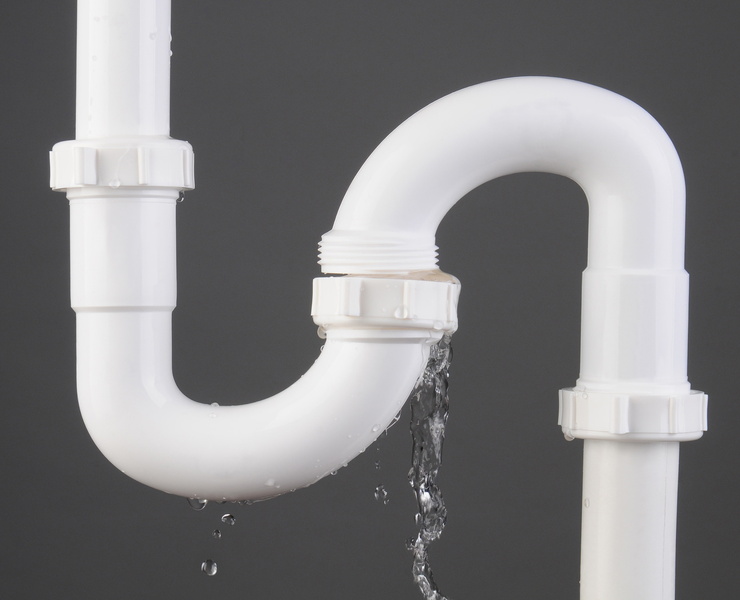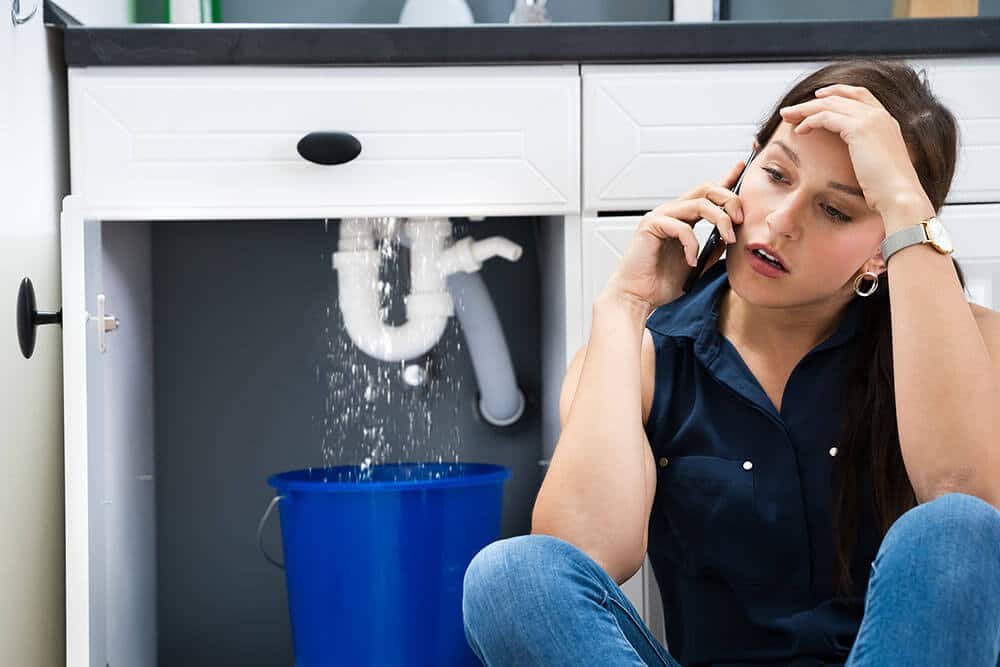The author is making a few good annotation on Understanding the Basics of Your Home's Plumbing System in general in this content underneath.

Plumbing is a vital aspect of any type of home, responsible for providing clean water for alcohol consumption, cooking, and bathing, in addition to getting rid of wastewater securely. Understanding the essentials of home plumbing is vital for every house owner to make certain proper upkeep, troubleshooting, and, if required, repair work. In this beginner's overview, we'll cover the fundamental ideas of home plumbing to aid you become much more accustomed to exactly how it works.
Supply Of Water System
The water supply system brings clean water right into your home from a community water resource or a personal well. It consists of a major water line that connects to your home's plumbing system, usually located underground. A water meter measures the amount of water consumed, while a shut-off shutoff enables you to manage the flow of water into your home.
Plumbing Components
Plumbing fixtures are tools that provide water to different parts of your home and include sinks, taps, bathrooms, showers, bath tubs, and home appliances such as dishwashers and cleaning equipments. Each fixture is attached to the water system system by means of pipelines and fittings and might have its shut-off shutoff for upkeep or emergencies.
Water Furnace
The water furnace is accountable for heating water for domestic use, including showering, food preparation, and cleansing. Common sorts of water heaters include tank-type hot water heater, tankless (on-demand) hot water heater, and heatpump hot water heater. The water heater is connected to the water system system and supplies warm water to plumbing components as required.
Drain System
The drainage system gets rid of wastewater from your home and brings it away to a sewer treatment facility or septic system. It includes a network of pipelines, installations, and fixtures that transfer wastewater from plumbing components to the primary sewage system line or septic tank. Correct water drainage is important to prevent obstructions, backups, and sewage leaks.
Air flow System
The air flow system helps keep proper atmospheric pressure and stop sewage system gases from entering your home. Air vent pipes, additionally known as vent heaps, expand from plumbing components to the roof covering, permitting sewage system gases to get away safely outside. Ventilation pipelines also permit air to get in the drainage system, facilitating smooth wastewater circulation and preventing suction or vacuum results.
Common Plumbing Devices
Having the right tools available is crucial for doing basic plumbing repairs and upkeep tasks. Usual plumbing devices consist of adjustable wrenches, monkey wrench, pliers, pipe cutters, hacksaws, plungers, augers (or drainpipe snakes), and Teflon tape. Having these devices easily available can assist you deal with minor plumbing problems effectively.
Basic Plumbing Repair Services
While some plumbing fixings might need specialist assistance, many typical concerns can be resolved with standard do it yourself methods. Knowing how to take care of a leaky faucet, unblock a drain, replace a commode flapper, or repair a trickling showerhead can save you money and time on plumbing repair work.
Final thought
Understanding the essentials of home plumbing is essential for every single house owner to keep a risk-free, functional, and effective plumbing system. By familiarizing on your own with the water supply system, plumbing components, drain system, air flow system, usual plumbing devices, and fundamental repair services, you can with confidence attend to minor plumbing problems and ensure your home's plumbing system operates efficiently.
Understanding Basics of Home Plumbing System: A Beginner's Guide
The Main Components of Your Home Plumbing System
The Water Supply System
This system is responsible for transporting fresh water into your home. It usually has a main water line that splits into two branches: one directed towards cold water services and the other connected to a water heater for hot water. The pressure is key here; it ensures water reaches all parts of your house.
The Drainage System
Once water has been used, it becomes wastewater that needs to be removed from your home. This is where the drainage system comes into play. It includes all the pipes that carry wastewater and sewage away from your house to sewage treatment facilities or septic tanks.
The Vent System
The vent system prevents sewer gases from entering your home and helps maintain the pressure balance that allows wastewater to flow out properly. These vents usually exit through the roof of your house.
Water Heating System
For those who enjoy hot showers or using hot water for cleaning, the water heater is a crucial part of the plumbing system. It can be a tankless system, which heats water on demand, or a traditional water tank model.
Common Plumbing Problems and Basic Troubleshooting
Plumbing systems, while designed to be durable, can face issues like clogged drains, leaky faucets, or low water pressure. Here are some basic troubleshooting tips:
Clogged Drains
Use a plunger or a plumber's snake to try and dislodge whatever is blocking the drain. Regular cleaning can prevent clogs.
Leaky Faucets
Often caused by worn-out washers or gaskets, these can usually be replaced by someone with basic DIY skills.
Low Water Pressure
This might be due to sediment build-up in your fixtures or a leak somewhere in your water line. Cleaning out aerators or seeking a professional to detect leaks might be necessary.
Preventive Maintenance Tips
Maintaining your plumbing system is key to avoiding emergencies. Regularly check for leaks, avoid disposing of grease down the sink, and have your system inspected by a professional plumber at least once a year.

I came across that article on Plumbing Basics For Every Home: The HomeTriangle Guide while doing a lookup on the internet. Remember to take the opportunity to share this post if you enjoyed it. Thanks for being here. Don't forget to stop by our blog back soon.
Additional Resources